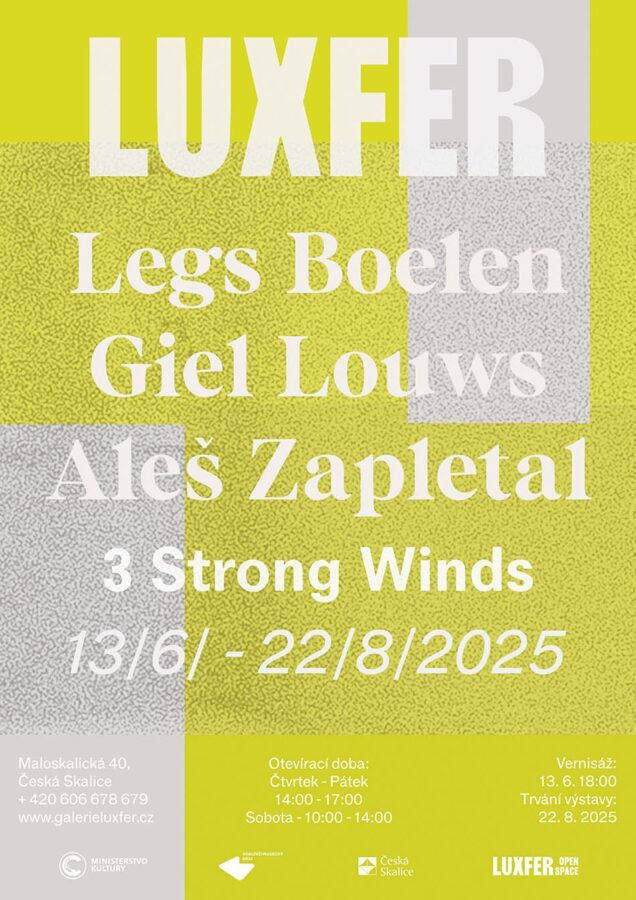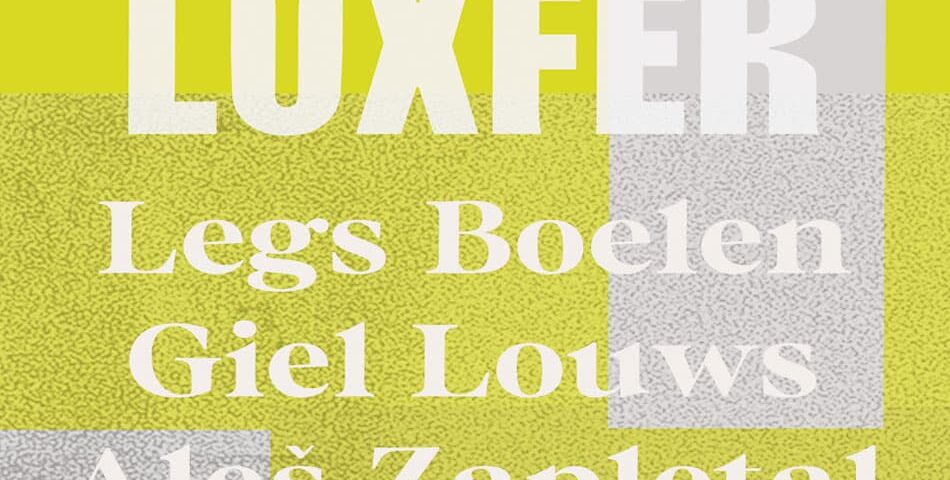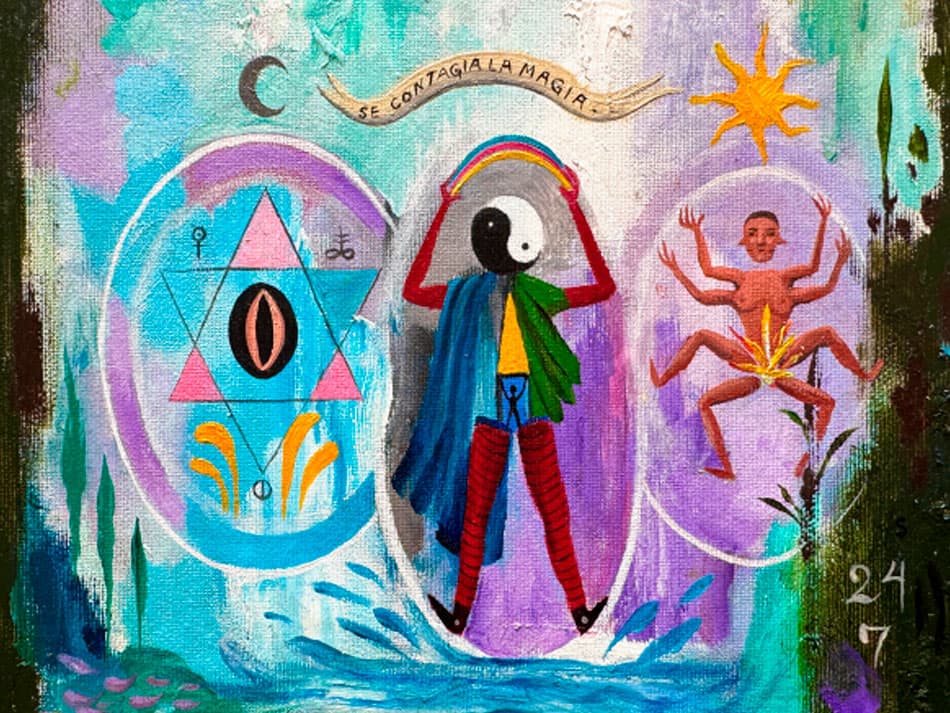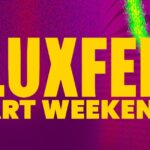
Luxfer Art Weekend
27. 5. 2025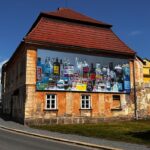
Luxfer Open Space: Galerie (Z)venku
1. 7. 202513/6 – 31/8/2025
Kurátor: Roel van der Linden
LUXFER divákovi poředstavuje další letošní skupinovou výstavu, která ma za cíl propojit tvůrčí přístupy umělců ze tří evropských zemí s cílem vzájemné interakce, inspirace a výměny kontextů vlastní umělecké tvorby a prostředí. Cílem tohoto kurátorského projektu je poskytnout v maximální kvalitě umělcům i divákovi nová sdělení, zároveň poskytnout bezpečný prostor pro společné prozkoumání nových inspirací.
Giel Louws (*1975 v Nizozemí) ve své práci zkoumá definici umění a činí tak poetickým způsobem. Umělecká díla, která se zdají být poměrně prostá se sestavují do téměř jazzových kompozic. Louws používá obrazy tak, jak hudebník komponuje zvuky bez významu. Na rozdíl od hudebních nebo poetických skladeb je vizuální umění fyzické, a proto hmatatelné, což činí tento způsob komponování poněkud křehkým a zároveň hravým. Na jedné straně Louws využívá dynamiku klasifikace a na druhé straně samovynucenou strukturu tvarů a materiálů, které si vybral. Díla evokují otázky, otázky o umění, na které lze odpovědět pouze sledováním obrazů. (Text: Robert Proost)
Legs Boelen (* 1967 v Belgii) usiluje o umění žít učením, hraním hudby a uměním, sbíráním vězeňského umění, prací v biologické zahradě a malováním společně se svou ženou Julií Joannes, která se prezentuje jako umělecká barbarka. Někdy s publikem malovali velké obrazy na jedlý papír a po dokončení je společně snědli. V devadesátých letech, začal malovat velkou sérii obratů z jejich zahrady v průběhu ročních období v divokém barevném stylu ale během své kariéry pracoval i na sériích obrazů, kreseb a „readymades“ z odpadků a nalezených předmětů. (Text: Roel van der Linden)
Malířská tvorba Aleše Zapletala (*1990 v ČR) vychází z jeho primárně filosoficky, až analyticky založeného myšlení. Zapletalova zobrazivá a figurativní malba často odkazuje na známé filosofické problémy a poučky, apropriuje příběhy národní literatury, odvolává se na modernistickou tradici, kterou systematicky mapuje, reviduje a jejíž kontury ve vnitřním myšlenkovém boji neustále znovu-utváří. (Text: NOD Roxy)
–––––––––––––––––
LUXFER presents to the audience another group exhibition this year, which aims to connect the creative approaches of artists from three European countries with the aim of mutual interaction, inspiration and exchange of contexts of their own artistic work and environment. The aim of this curatorial project is to provide the artists and the audience with the highest quality messages, while providing a safe space for joint exploration of new inspirations.
Giel Louws (*1975 in the Netherlands) explores the definition of art in his work and does so in a poetic way. Artworks that seem relatively simple are assembled into almost jazz compositions. Louws uses images in the same way as a musician composes sounds without meaning. Unlike musical or poetic compositions, visual art is physical and therefore tangible, which makes this way of composing somewhat fragile and playful at the same time. On the one hand, Louws uses the dynamics of classification and on the other hand, the self-imposed structure of the shapes and materials he has chosen. The works evoke questions, questions about art that can only be answered by observing the paintings. (Text: Robert Proost)
LegsBoelen (*1967 in Belgium) strives for the art of living by teaching, playing music and art, collecting prison art, working in a biological garden and painting together with his wife Julia Joannes, who presents herself as an artistic barbarian. Sometimes they painted large paintings with the audience on edible paper and ate them together when they were finished. In the 1990s, he began painting a large series of seasonal views of their garden in a wildly colorful style, but throughout his career he worked on a series of paintings, drawings, and readymades made from trash and found objects. (Text: Roel van der Linden)
Aleš Zapletal’s artistic work (*1990 in the Czech Republic) stems from his primarily philosophical, even analytical, thinking. Zapletal’s figurative and figurative painting often refers to well-known philosophical problems and lessons, appropriates stories from national literature, and refers to the modernist tradition, which he systematically maps, revises, and whose contours he constantly re-shapes in an internal intellectual struggle. (Text: NOD Roxy)
